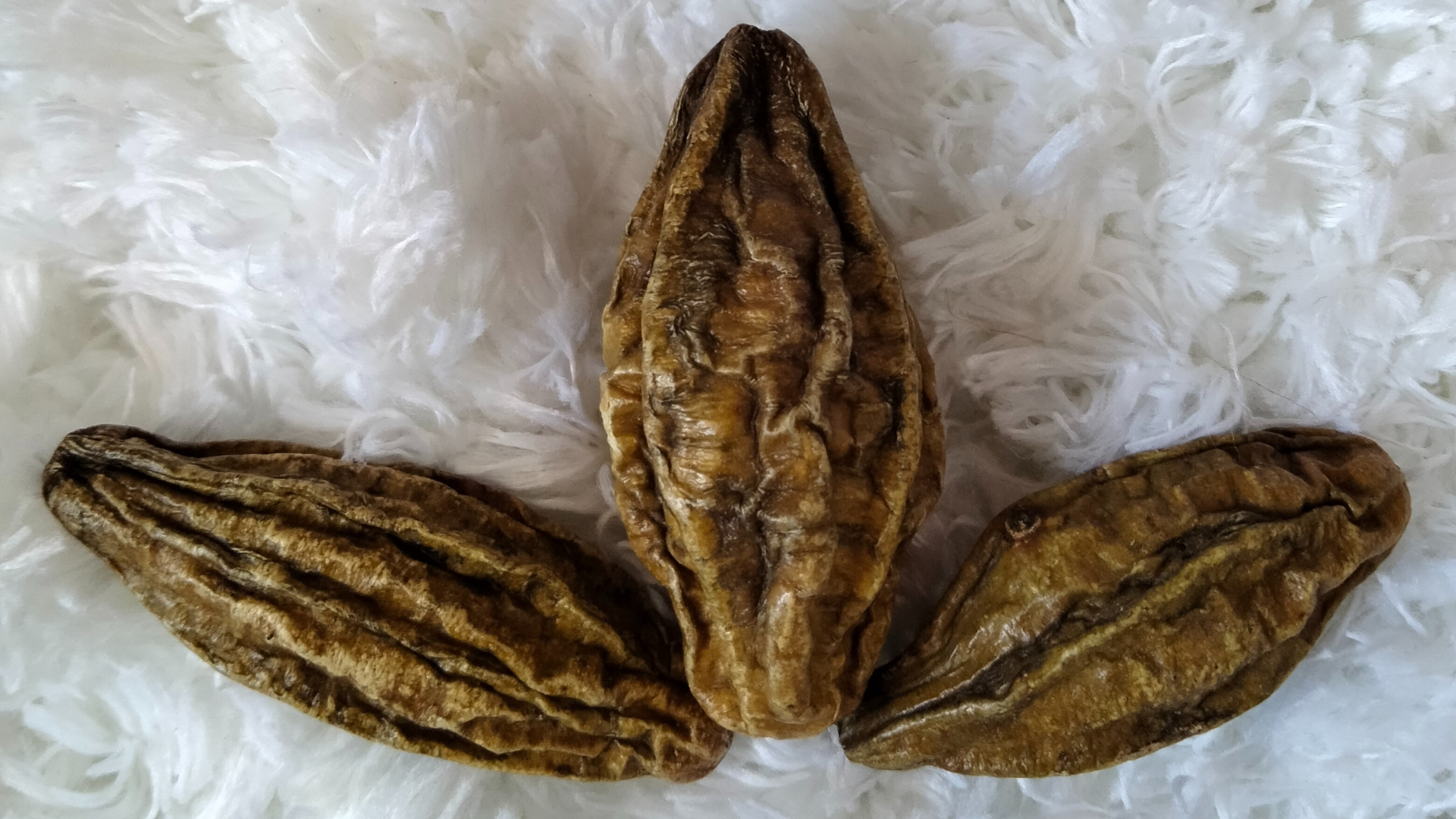As indicated Sara Jiménez in her article of trends of 2023, this year, chebulla will be the source of much talk. This ingredient has seen its demand increase during the last months of 2022 and in these first days of the new year.
The chebula (the name it has introduced in the cosmetic industry) stands out for being one of the antioxidant ingredients most powerful of nature and also by its nutritious properties and antiaging, and equally, is rich in luteal acid and gallic acid. As it indicates in the report of trends for this 2023 of Beauty Pie, plants in the fifth place to this component, that, mainly, will find in the serums, although it also will be present in creams and other products. It is such the stir that has caused in social networks the application to the facial routines of this skincare, that his impact in terms of research of Google has been really amazing: his popularity has grown 1000%.

This ingredient has used during long time in Asia, specifically in the Indian, where also is known by the followers of the Ayurveda. It treats of an arboreal fruit, whose extract of fruit and dry berries have employed during a lot of years like ayurvedic medicine to combat digestive problems, illnesses and promote a cerebral function.
Definitely, one of the profits that underlines is that it helps to the fight against the aging of the skin, but also softens, reaffirms and does more elastic the skin. In definite, treats of an ingredient multifunctional, as they signal it in the zones of the Indian and the Tibet: anti-inflammatory, detoxifying and regenerative. The chebula is a powerful antioxidant that says that it is more powerful that the vitamin C and E. As it indicates in an article of the half Anglo-Saxon 'Evening Standard', in statements of the founder of a line of cosmetics devoted to the facial care, Sheila Malmanis, explains that when adding to any of his products this ingredient, has seen that has positive effects also in how much to the pigmentation, since "it induces to the production of melanin and causes more pigmentation".
